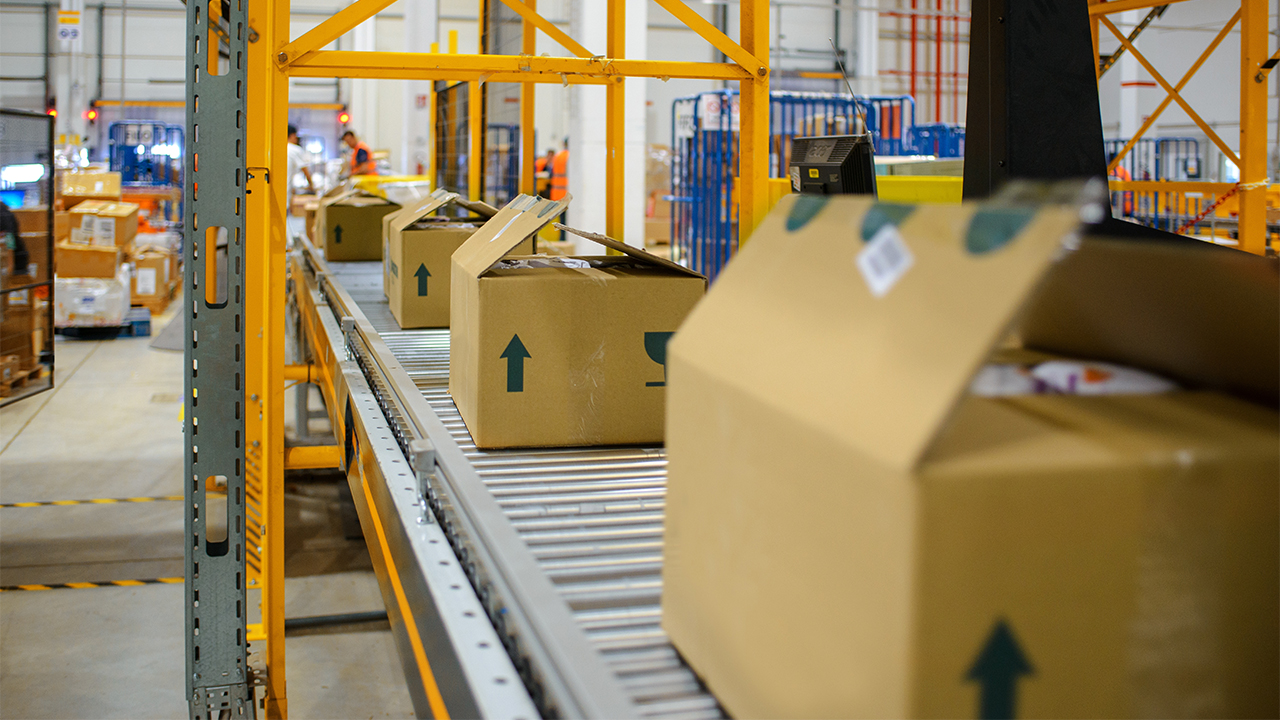
In manufacturing, automation has long been associated with scale. Large production runs justify the investment in robotics, conveyors, and fully integrated systems. But what happens when the environment is high-mix and low-volume, where variability is the rule rather than the exception?
For these operations, traditional automation often feels out of reach. The cost is high, the payback period is long, and the rigidity of conventional solutions clashes with the flexibility the business demands. Yet dismissing automation altogether is a missed opportunity. Low-cost automation is an increasingly accessible option that is changing the equation.
In environments where product variation is constant, processes are rarely standardized for long. A line may run one product for hours, then switch to something completely different the next shift. This makes it difficult to justify heavy capital investment. The automation that works for one SKU may become idle the moment production requirements change.
The result is a dependence on manual labor, with its familiar risks: high costs, variable quality, and limited scalability.
Low-cost automation does not mean unsophisticated. It means rethinking the problem. Rather than investing in large, fixed systems, companies deploy smaller, modular, and affordable solutions that can adapt quickly to changing requirements.
This could include:
The goal is not to automate everything, but to target the areas where automation creates immediate impact.
In high-mix, low-volume settings, success comes from carefully choosing where low-cost automation adds value. Leaders should focus on:
These targeted applications deliver both productivity gains and cultural acceptance. Teams see automation as a partner in their work, not as a replacement.
As with any automation initiative, the technology is only half the story. Success depends on adoption, trust, and alignment with frontline realities. Operators must be trained and involved in deployment. Wins must be visible, credible, and quick.
When automation reduces strain, simplifies tasks, and eliminates repetitive frustrations, teams begin to embrace it. That cultural alignment turns small wins into long-term momentum.
For high-mix, low-volume environments, the automation conversation is shifting. It is no longer about whether large-scale investment can be justified. It is about how smaller, smarter, and more flexible solutions can deliver strategic advantage today.
At Streamliners, we help organizations identify, deploy, and scale low-cost automation strategies that build agility, improve efficiency, and create enterprise value.
Because in the right hands, automation is about both scale and adaptability.